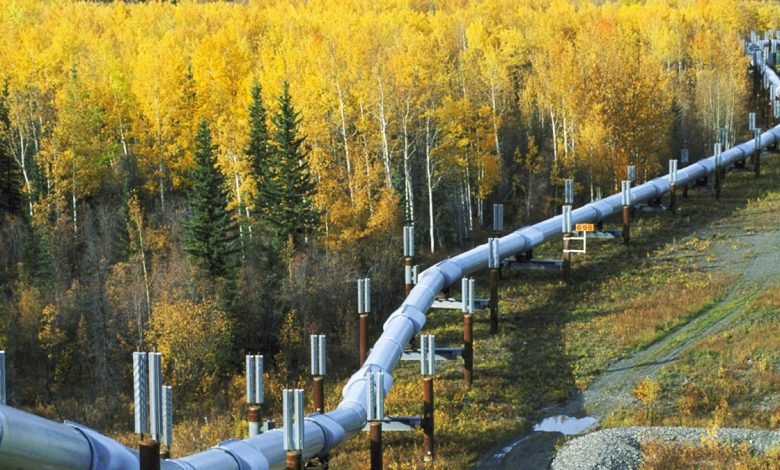Nearly 400,000 Gallons of Oil Spilled from Keystone Pipeline

Damage Assessments
At the end of October, the Keystone pipeline burst open in North Dakota, spilling hundreds of thousands of gallons of crude oil. Immediately following the incident, a spokesman for TC Energy (formerly TransCanada), the company that owns and operates the pipeline, reported that 22,500 square feet of land was impacted by the spill. However, upon further investigation by North Dakota’s Department of Environmental Quality, the size of the impacted landscape was increased by tenfold to nearly 209,100 square feet, which is approximately 4.8 acres (Coleman, 2019).
The $5.2 billion Keystone pipeline system has been enveloped in an enormous amount of controversy since it began operation in 2010. October’s spill of roughly 383,00 gallons of tar sands oil has added more fuel to existing environmental protests. The Sierra Club’s associate director, Catherine Collentine, said in a recent statement that this spill is proof that further environmental destruction is inevitable if the Keystone XL pipeline is built, which is a controversial addition to existing Keystone pipeline system (Rueb & Chokshi, 2019).

A Controversial History
Subject to intense protests from farmers, indigenous groups, and environmental organizations for many years, the Keystone XL pipeline addition was rejected by President Barack Obama in 2015. However, shortly after taking office in 2016, President Trump reissued a permit to TransCanada to proceed with the construction of the Keystone XL pipeline, which would add a 1,179-mile addition to the existing Keystone pipeline system (Rueb & Chokshi, 2019). The current Keystone pipeline carries crude oil extracted from Alberta, Canada, across over 2,000 miles of agricultural land and wetlands in the Dakotas, through Nebraska to Patoka, Illinois (Luben, 2019). The Keystone XL addition will extend this pipeline system south to Texas refineries.
Prior to the construction of the Keystone pipeline, TC Energy estimated that the pipeline would spill only 11 times over the course of 50 years. However, since it started transporting tar sands oil in 2010, the pipeline has already spilled significant amounts of oil four times (Luben, 2019). While the cause of the October spill is still unknown, the U.S. Pipeline and Hazardous Materials Safety Administration has already approved the repair and has returned the pipeline to service (Coleman, 2019).

Tar Sands Corrosion
The process involved in tar sands oil extraction makes the oil much more corrosive than traditional crude oil. At the mines in Alberta, the thick tar sands sludge is mixed with hot water in large open-air pits to separate the oil from sand and clay. Once the tar sands oil is partially refined through an energy-intensive process that produces 20% more carbon emissions than a barrel of conventional oil, it is mixed with a chemical cocktail that allows it to flow through a pipeline (Luben, 2019). According to the National Resources Defense Council, pipelines carrying tar sands oil are three times as likely to burst open when compared to those carrying conventional oil.

Environmental Monitoring
Following the North Dakota oil spill, TC Energy has been tasked with establishing air quality, water quality, and wildlife monitoring in the region. Moreover, the company has been working to transport contaminated, oil-soaked soil in the affected region to a landfill in Sawyer, North Dakota (Coleman, 2019). A third-party laboratory has started examining the burst pipeline to determine how corrective actions may be able to prevent future spills in the region. For now, federal regulators and TC Energy are the only ones that have been allowed to examine the impacted region of North Dakota, which has activists and environmental organizations on edge about the extent of the environmental damage.
Sources
Coleman, J. (2019). “Keystone pipeline spill affecting nearly 10 times more land than first thought: report.” The Hill.
Luben, A. (2019). “The Keystone Oil Spill No One’s Talking About Will Be Nearly Impossible to Clean Up.” Vice News.
Rueb, E., & Chokshi, N. (2019). “Keystone Pipeline Leaks 383,000 Gallons of Oil in North Dakota.” The New York Times.



